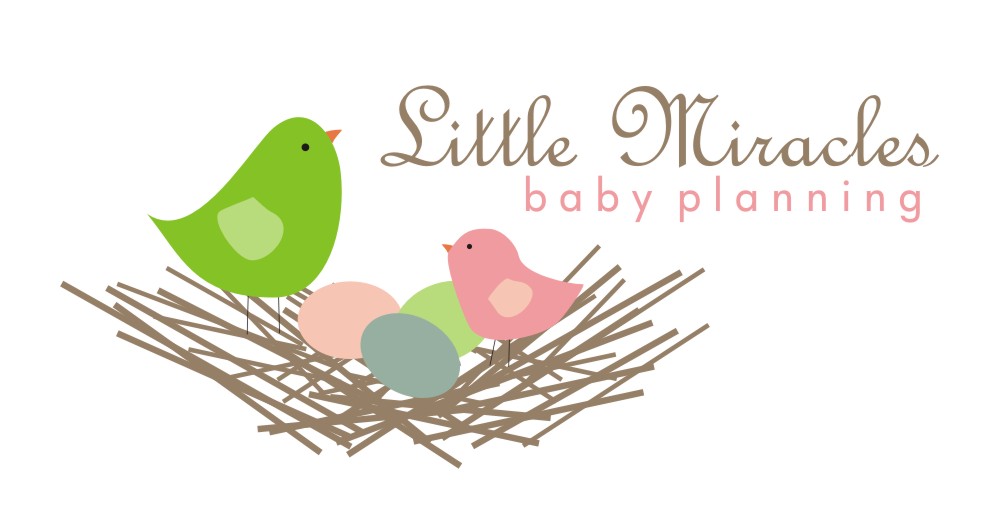from
Modern Mom

According to the Social Security Administration, the all-time top baby names, dating back to 1910, are James and Mary, with more than 8 million Americans bearing those names. During each decade, although names varied considerably for baby girls, there was much less variety in boys' names…
1910s
The names of British kings -- John, William, James, George, Charles and Edward --- along with Robert--were among the top boys' names. For girls, Helen topped the list in that decade, followed by Dorothy, Margaret, Ruth, Mildred, Anna and Elizabeth.
1920s
Boy babies were named for British kings again in the 1920s ---John, James, William, Charles, George and Joseph -- but Robert was in first place. Mary topped the list for baby girls, followed by Dorothy, Helen, Betty, Margaret, Ruth and Virginia.
1930s
More than 590,000 newborns were named Robert in the 1930s, followed by James, John, William, Richard, Charles --- and for the first time, Donald. Following Mary among the most popular girls' names were newcomers Barbara, Shirley, Patricia and Joan. Dorothy and Better were again on the list.
1940s
David was a new addition to the list of the most popular boys' names in the 1940s, which included James, Robert, John, William, Richard and Charles. The names Linda, Carol, Sandra and Nancy joined Mary, Patricia and Barbara on the girls' list.
1950s
James again topped the list of names for boys during the 1950s. Michael and David made it into the list, joining Robert, John, William and Richard. Both Deborah and Debra made the girls' list in the 1950s, as did Susan, joining Mary, Linda, Patricia and Barbara.
1960s
Mark joined the list of the most popular boys' names for the first time in the 1960s, joining Michael in first place, followed by David, John, James, Robert and William. The name Lisa, which had never made it into the top names for girls until the 1960s, came in at No. 1. Two other new names also made the list: Karen and Kimberly, joining Linda, Mary, Susan and Patricia.
1970s
Christopher and Jason appeared in the No. 2 and No. 3 spots, respectively, in the 1970s, following Michael.. David, James, John and Robert also made the list. Jennifer, Amy, Melissa, Michelle and Angela --all newcomers to the list -- were the most popular girls' names in the 1970s, along with Kimberly and Lisa.
1980s
Michael and Christopher topped the most popular boys' names in the 1980s along with the biblical names Joshua, David, Matthew, James and Daniel. Making their debut on the girls Top 10 were Jessica, Amanda, Ashley, Sarah and Stephanie. Melissa and Jennifer were holdovers.
1990s
Michael and Christopher again topped the most popular boys' names in the 1990s; Nicholas, Jacob and Andrew, new entries, joined Matthew and Joshua. New names Emily, Samantha and Brittany joined the top girls' names for babies, alongside Jessica, Ashley, Sarah and Amanda.
2000s
Although no new names appeared in the most popular boys' names in the first decade of the 21st century ---Jacob, Michael, Joshua, Matthew, Daniel, Christopher and Andrew were holdovers, the baby girls' names show a variety. Joining Emily are Madison, Emma, Olivia, Isabella, Hannah and Abigail.


.png)




















